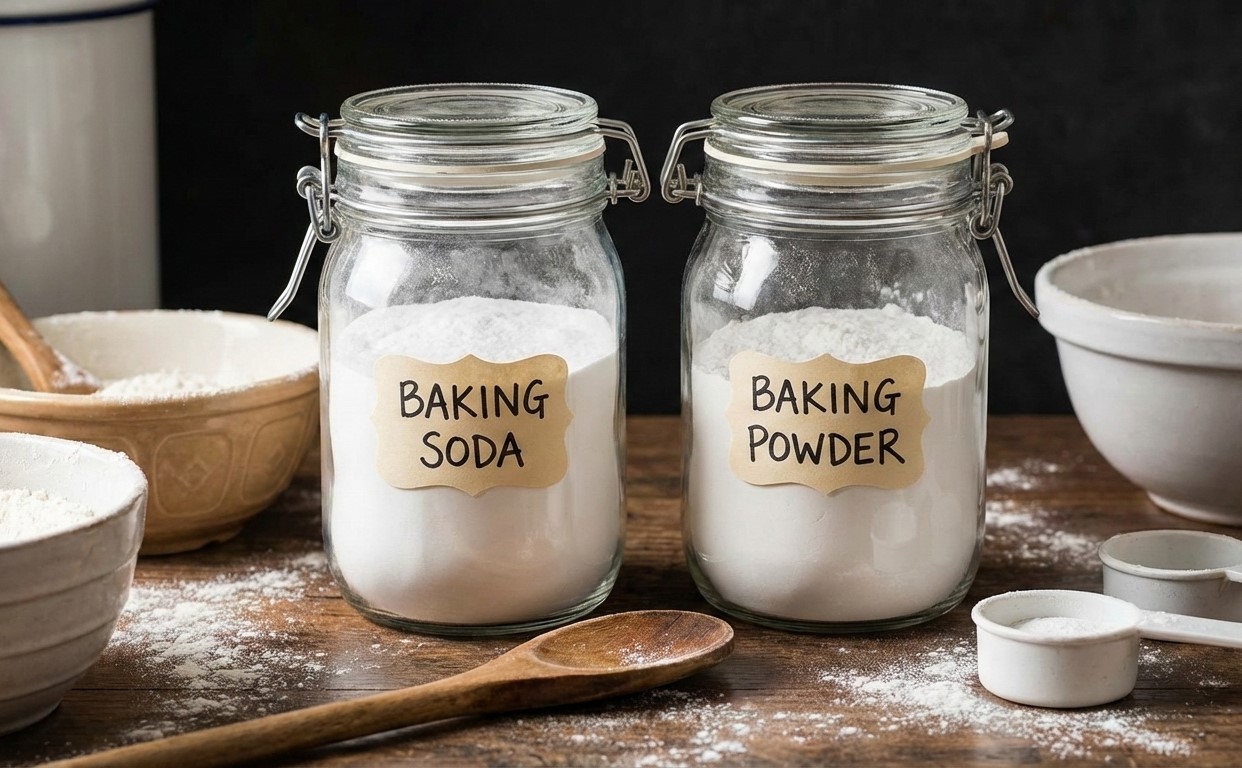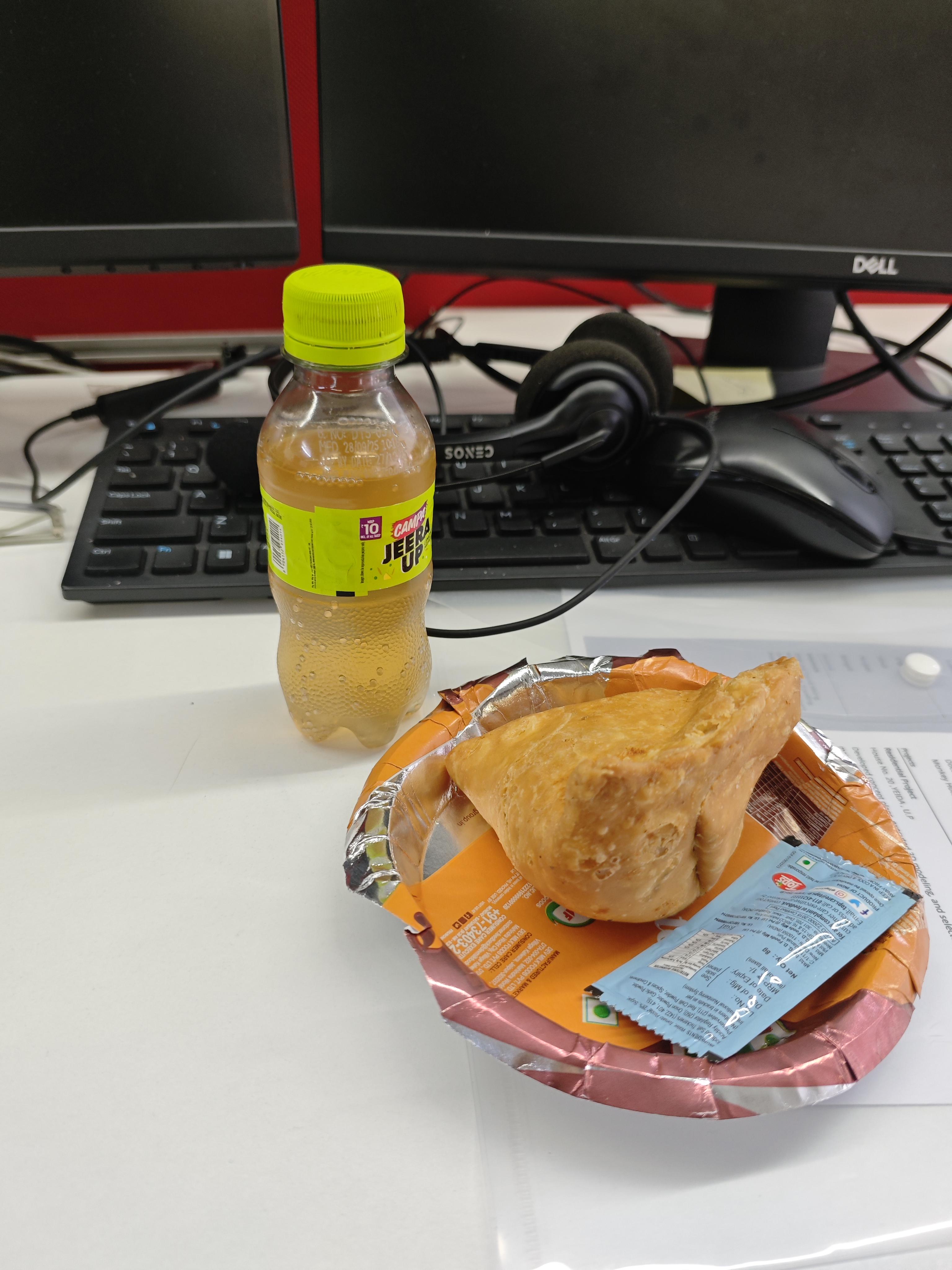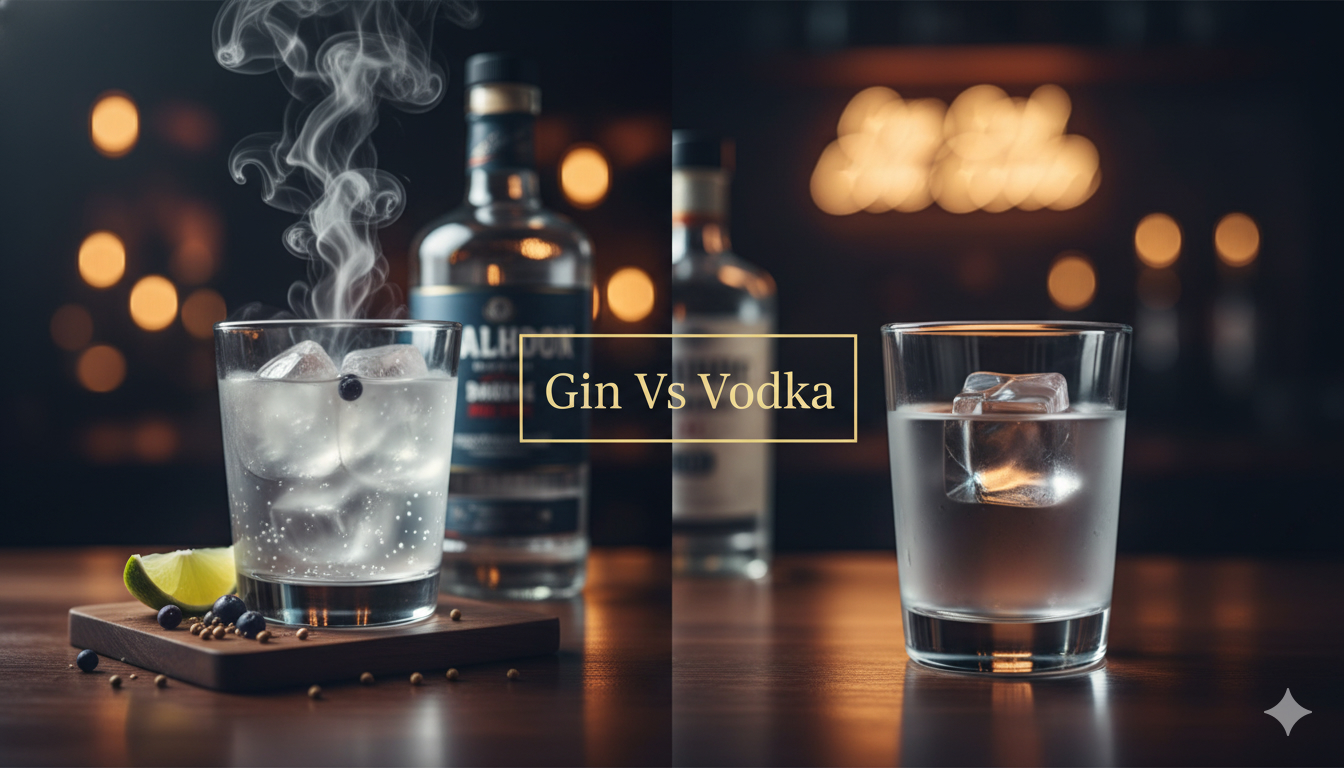Few food and drink producers go to town on their back labels quite as much as wine producers. The labels typically fall into two types.
There's the po-faced European model, which often reads like a voiceover ("Since time immemorial") for a film at a French municipal museum. And there's the folksy tone of the New World, with talk of family and "our little patch of dirt", and maybe a bit of Innocent Smoothie-style anthropomorphising of vines and grapes.
Here's my guide to sorting the potentially useful information from the artisanal cliches.
Great wine is made in the vineyard
Coined by producers looking to distance themselves from the overly technical approach to winemaking that took hold in the 1980s and 90s, when winemakers began to believe they could make up for anything lacking in the grapes in their increasingly sophisticated wineries. As the limitations of this technique became apparent, the phrase became ubiquitous to the point of banality - and as useful to the consumer as "we believe wine should be made from grapes" . See also: "favoured patch of land"; "unique terroir".
Food-friendly
Useful in the limited sense of describing a wine that works better with food than without. On most back labels, however, it is paired with "versatile" to make the grander claim that the wine goes with almost anything. No wine is that versatile. I prefer it when labels get specific. Suggestions such as pigeon pastilla or turbot with sauce mousseline may seem pretentious, but even if you don't cook the exact dish, at least you have a better idea of what might work than you get from those open-ended "great with" lists you see on supermarket own-labels.
Cool-climate
Increasingly popular, often accompanied by the tasting note "mineral". As a vague indication of style, it's helpful: in general, wines from cooler climates will be fresher, lighter, and yes, more mineral than those from warmer spots. But the concept is relative: anyone can put "cool-climate" on the back label (and the trendier it gets, the more want to), but a region that would be described as cool in the context of Chile, such as Casablanca, would pass as warm in Germany, for example, and their wines have little in common.
Old vines
Most winemakers will tell you their best wines tend to come from older vines and you can understand why they'd want to advertise that fact. Again, however, a lack of legal definition makes the term - whether French vieilles vignes, Germanic alte reben, or Spanish viñas viejas - almost meaningless: the vines could be anything from 20 to 100+ years old. The unscrupulous producer will merely say "old"; those with unusually old vines (for me that means 50+ years) are more likely to be precise.
Single vineyard
Another phrase used to suggest quality when it is really more about differences in style: a producer will find that grapes from a specific vineyard have certain qualities that are best expressed when bottled on their own. Once the vineyard gets beyond a certain size, however, the whole point gets a little muddied: who really cares if a wine is from a single vineyard if it covers, as is the case with several in the Americas and Australia, the same area as a single European region?
Reserve
In Rioja, Reserva and Gran Reserva actually mean something: referring to the minimum ageing time before release. In the rest of the world, the term is too often a free-for-all, referring to a wine added to the range at the behest of the marketing department and meaning "more expensive". Some of the better producers will at least try to explain why a reserve is worthy of its name, with information on vineyard, soil and winemaking. Having said that, many of my favourite producers hardly bother with their back labels at all, which I suppose just goes to prove something about books and covers.
Six proper back-label wines
De Martino Old Vines Carignan, Maule Valley, Chile 2010
(£11.99, Marks & Spencer)
The rediscovery of old (in this case 57-year-old) carignan vines in the Maule Valley has been one of the most exciting developments in Chile in the past decade. De Martino's version is typically dense, dark, chewy and complex.
Sainsbury's Taste the Difference Limoux Chardonnay 2012
(£10.99, Sainsbury's)
Limoux's elevated position in the wooded hills to the south of Carcassonne gives it a much cooler climate than the rest of the Languedoc or Roussillon, enabling producers in the region to produce superbly fresh but fruit-filled burgundian chardonnay such as this.
Planeta Eruzione 1614 Carricante Sicily 2012
(£15.40, Great Western Wine)
Is it the distinctive Etna microclimate, cooler than the rest of Sicily? Is it the volcanic soils? Or is it the local carricante grape variety? It's hard to say, but this electrifying white wine crackles with energy and that non-fruity character that back-labels call mineral.
Viña Mara Rioja Gran Reserva, Spain 2007
(£11.49, Tesco)
In Rioja a wine must spend at least two years in oak and three in bottle, before it can qualify as a Gran Reserva. The definition is more about style than quality, but Baron de Ley's Tesco own-label is consistently and classically strawberry- mellow, savoury and soft.
Domaine de la Butte Perrières, Bourgeuil 2012
(£15.46, Justerini & Brooks)
Inspired by Burgundy, one of the Loire's very best producers, Jacky Blot, goes beyond single-vineyard bottling to single-plot with his set of cabernet franc wines from various positions on a slope in Bourgeuil, such as this fragrant, red-fruited, sappy and elegant red.
Marcel Deiss Engelgarten, Alsace, France 2010
(£27.95, Lea & Sandeman)
The rich whites of Alsace are often described as versatile food wines thanks to their mix of balanced acidity and weight of texture. Fluent and evocative with its stone fruit, white flowers and subtle spice, this single-vineyard blend is also, to use another back-label cliché, great on its own.
Picture courtesy: Thinkstock













